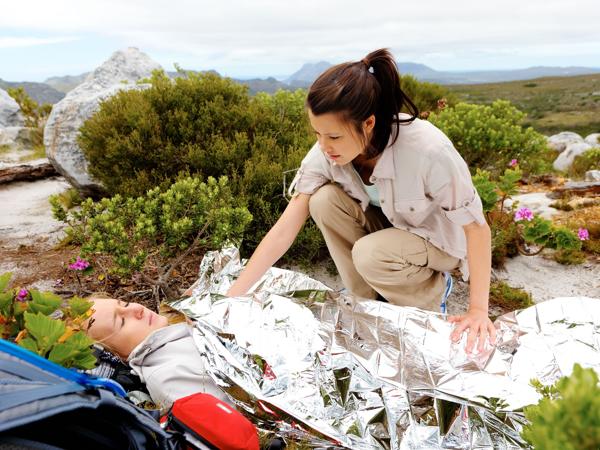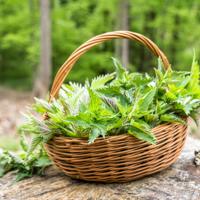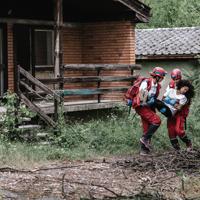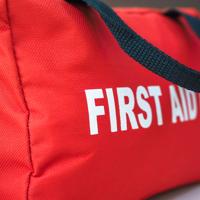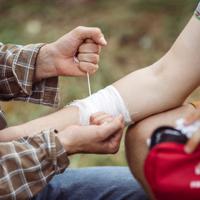Understanding how to deal with snakebites can be critical when out in the wilderness. Even though only a small number of snake species are venomous, it’s important to be prepared and informed about first aid measures. This article aims to provide information and practical steps to follow if you or someone you’re with gets bitten by a snake.
Identifying Venomous Snakes
The first step in managing a snakebite is to identify whether the snake is venomous. Recognition often depends on geographic location, as different areas have distinct types of venomous snakes. Common examples in North America include rattlesnakes, copperheads, cottonmouths, and coral snakes.
Most venomous snakes have distinctive features such as:
- Rattlesnakes: Known for the rattling sound they make with their tails.
- Copperheads: Have hourglass-shaped patterns along their bodies.
- Coral Snakes: Recognizable by their colorful bands of red, yellow, and black.
However, try to identify the snake from a safe distance and never approach it.
Initial Steps and Precautions
If a snakebite occurs, stay calm and follow these steps:
- Move to Safety: Ensure the bitten individual is away from the snake’s reach.
- Limit Movement: Encourage the person to remain as still as possible to slow down the spread of venom.
- Keep the Affected Limb Lower: Try to keep the bitten limb at or below heart level if possible.
- Remove Tight Clothing and Jewelry: This helps prevent constriction as swelling can occur.
First Aid Dos and Don’ts
Dos
- Wash the Bite Area: If feasible, clean the wound with soap and water to reduce the risk of infection.
- Cover with a Clean Bandage: Apply a sterile dressing to cover the bite.
- Monitor Vital Signs: Check for signs of shock, such as weakness, pale skin, or shallow breathing.
- Stay as Still as Possible: Movement can cause the venom to spread more rapidly.
- Seek Professional Help: Aim to get medical treatment as quickly as possible by calling emergency services or heading to a medical facility.
Don’ts
- Do Not Use a Tourniquet: This can concentrate venom and damage the limb further.
- Avoid Cutting the Wound: Incisions can cause further injury and promote infection.
- Do Not Suck Out the Venom: This is ineffective and can potentially introduce mouth bacteria into the wound.
- Avoid Alcohol and Caffeine: These can increase your metabolism, thus spreading the venom faster.
Specialized Treatment: Antivenom
Antivenom is the most effective treatment for venomous snakebites. Its availability depends on the type of snake and location. Receiving medical attention quickly aids in the administration of antivenom if required.
Antivenom administration should be done in a hospital setting where healthcare providers can monitor and manage potential allergic reactions or side effects.
Dealing with Non-Venomous Snakebites
Even non-venomous snakebites can pose health risks like infections or allergic reactions. The first aid measures are similar:
- Clean the wound thoroughly and apply an antiseptic.
- Use a bandage to protect against infection.
- Seek medical attention if an unusual reaction occurs, like increased redness or swelling.
Personal Reflection
During my own outdoor experiences, I’ve learned that being prepared with basic first aid knowledge not only enhances safety but also adds confidence during adventures. Carrying a first aid kit geared towards wilderness includes snakebite-specific items such as a bandage, antiseptics, and a splint.
Conclusion
While snakebites can be a concern in the wild, understanding basic first aid steps can mitigate harm until professional help is available. Educating yourself on the types and habitats of snakes, coupled with practical preparation, invites you to engage with nature more safely.
For more information about wilderness preparedness and first aid, explore our diverse range of articles at BeSurvival.com. Each trip into the wilderness is unique, and knowing how to handle challenges like snakebites is an invaluable skill.
